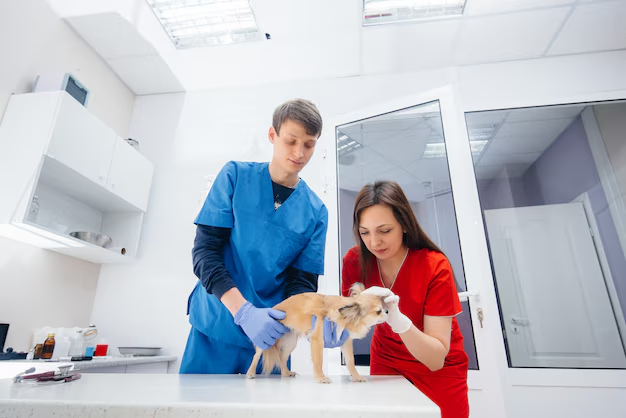How Hard Is It to Become a Vet?
Becoming a veterinarian is no small feat. It requires a robust educational foundation, dedication, and a passion for animal welfare. Aspiring vets typically begin their journey with a Bachelor’s degree, ideally in a field like biology, animal science, or a related discipline. This undergraduate education helps build a solid grounding in sciences essential for further studies. Following this, candidates must attend a Doctor of Veterinary Medicine (DVM) program, which is accredited by the American Veterinary Medical Association (AVMA). This challenging program typically takes four years and includes comprehensive coursework in animal anatomy, pharmacology, pathology, and hands-on clinical experience.
Upon obtaining a DVM degree, aspiring vets must then pass the North American Veterinary Licensing Examination (NAVLE) to practice in the United States. In some cases, additional state licensure exams or certifications may also be necessary depending on where you plan to work. Furthermore, pursuing internships or residencies can be beneficial for those looking to specialize in fields like surgery, oncology, or exotic animal care. This rigorous path underscores the significance of advanced education and specialized training for successful veterinary careers.
Steps to Becoming a Veterinarian:
- 🎓 Bachelor's Degree: Preferably in biology, animal science, or a related field.
- 🏛️ Doctor of Veterinary Medicine (DVM): Four-year program accredited by AVMA.
- 📝 NAVLE Exam: Required to practice veterinary medicine in the U.S.
- 📜 State Licenses (if applicable): Additional exams or certifications may be needed.
- 🏥 Internships/Residencies: Optional, for specialization in specific veterinary fields.
